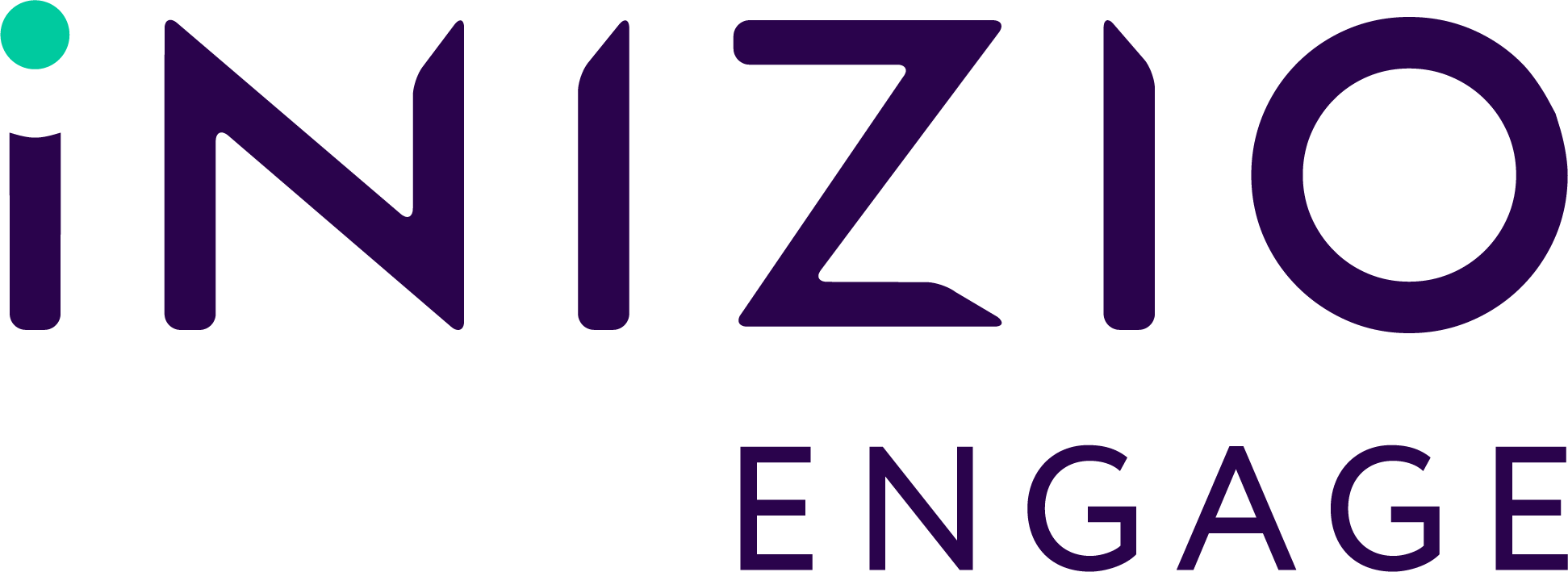Please note, this article contains references to Ashfield Engage which has now become Inizio Engage
Step 1 – Setting up your Patient Engagement Programme for success
Simply having a Patient Engagement Programme is not enough. The rise of specialty medicines, the staggering risk of non-adherence and the demand for value from all stakeholders makes patient support programmes essential for some products.
However, it’s not enough to simply bolt on a one-size-fits-all support service around a new medicine; the bar is high, and the ambition is to deliver a truly differentiated patient engagement service with measurable results.
Designing a world-class Patient Engagement Programme is a multi-stage development process that must overcome several hurdles to be truly successful. In this blog we will address the first step.
Demonstrate a return on objectives
While measurement and reporting may sound like something to consider towards the end of a programme, they’re actually among the first things that should be addressed. Setting the right objectives and putting the proper systems in place to capture and report on the objectives will go a long way to creating an effective Patient Engagement Programme.
To define your objectives, a good approach is to run a multi-disciplinary team workshop using the questions below. Discussing these with other teams in your organisation will serve to give you clarity and consensus on the reasons why you are investing in a Patient Support Programme. Once these factors are understood, you can establish programme objectives to truly meet organisational goals while optimising patient outcomes.
Questions to Address When Defining Objectives:
- What is the patient experience throughout disease discovery, diagnosis and treatment?
- What and where are the therapy failure points, i.e. the critical points where patients are most likely to become non-adherent?
- What are the mechanisms of change that we want to shift, such as changing beliefs or knowledge about treatment?
- What are the challenges at this point in the lifecycle for this product? For example, is it a new, complex biologic requiring intensive support? Or is it perhaps an established, mass-market drug-device?
- What are the expected health outcomes and how do these differ based on demographics and disease states?
- What improvements in quality of life can patients expect?
- What level of support should be provided to care partners and healthcare professionals (HCPs) to improve outcomes?
Establish how to measure for a successful programme
It is important to decide early on how you want to measure success – and how to measure the right things to support your commercial and medical decisions. Data is key in this endeavour, carrying huge value. Not only does it support regulatory requirements such as post-marketing surveillance studies and pricing and reimbursement strategies, but also scientific publications.
To make sure you have the data you need for your programme, now is the time to plan for what systems and processes are needed to collect, manage and report on the data. rather than waiting to react once the programme is up and running – a far more difficult task.
Key Performance Indicators to consider in your programme’s performance metrics might include:
Quality indicators – for example, auditing all aspects of programme delivery according to the agreed standard operating procedure (SOP), patient and HCP satisfaction, compliance, adverse event, or product technical complaint reporting.
Productivity indicators – for example, site and patient enrolments, and service uptake by patients.
Clinical indicators – for example, patient-reported outcomes such as quality of life, clinical outcomes, length of time on treatment, adherence, persistence and drop-off rates.
Outcome indicators – defining the objectives of the programme.
Now that you have some guidance on how to establish your programme objectives and understand the need for processes and systems to measure your success, you are ready to move to the next step in establishing a successful Patient Support Programme – Learning to work with internal and external stakeholders.
View our patient engagement blog series and download our guidebook
- Step 1: Overcoming the hurdles faced in creating effective Patient Engagement Programs
- Step 2: Learning to work with internal and external stakeholders
- Step 3: Changing behaviour to drive adherence
- Step 4: Managing channels and data to meet patients where they are
- Step 5: Designing a fantastic Patient Engagement program but no patients enrol

Next-generation patient engagement programmes
We’re a leading provider of field-based nurses, contact centre and omnichannel patient support services for the healthcare industry.
Our unique approach combines behavioural science, patient-centric technology and unparalleled collaboration.

weitere Einblicke
Jump to a slide with the slide dots.
 Tom Mueller
Tom Mueller
Using digital tools and platforms to create scalable, personalized support for patients
Learn how to use digital platforms, CRMs, and Gen AI to create scalable, personalized support systems for patients - enhancing engagement, reducing na
Read more Nareda Mills
Nareda Mills
Data driven programs for optimal patient support and engagement
Discover how data-driven, personalized patient support programs can boost treatment adherence and engagement using AI, behavioral insights, and real-t
Read more Nareda Mills
Nareda Mills
Apps and wearables.
The promise of an improved patient experience through mobile apps and wearables is still up for debate...
Read more